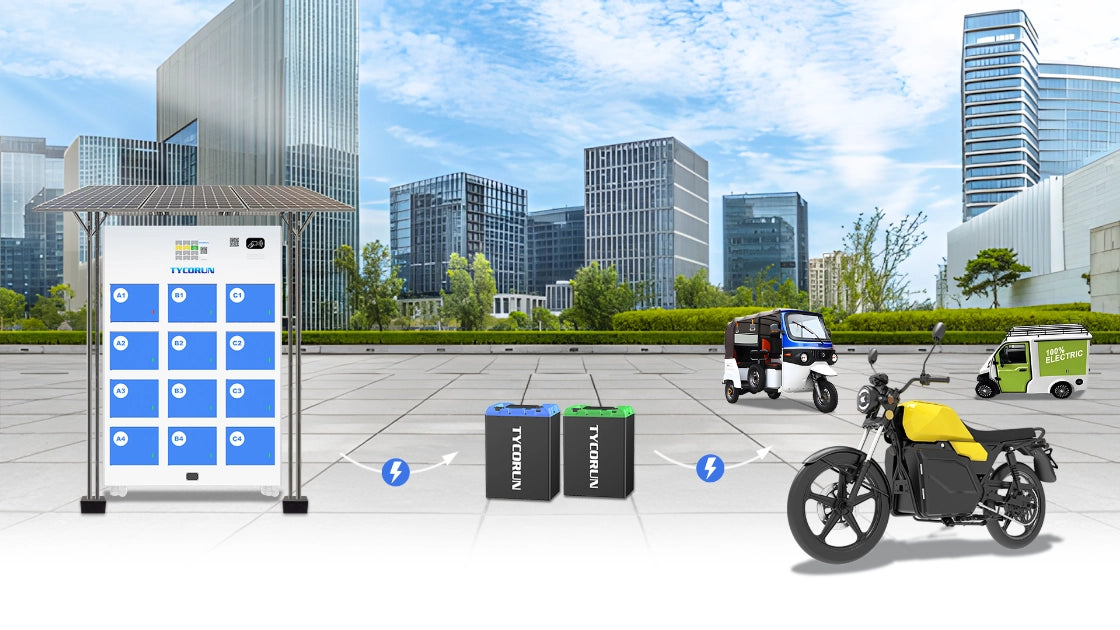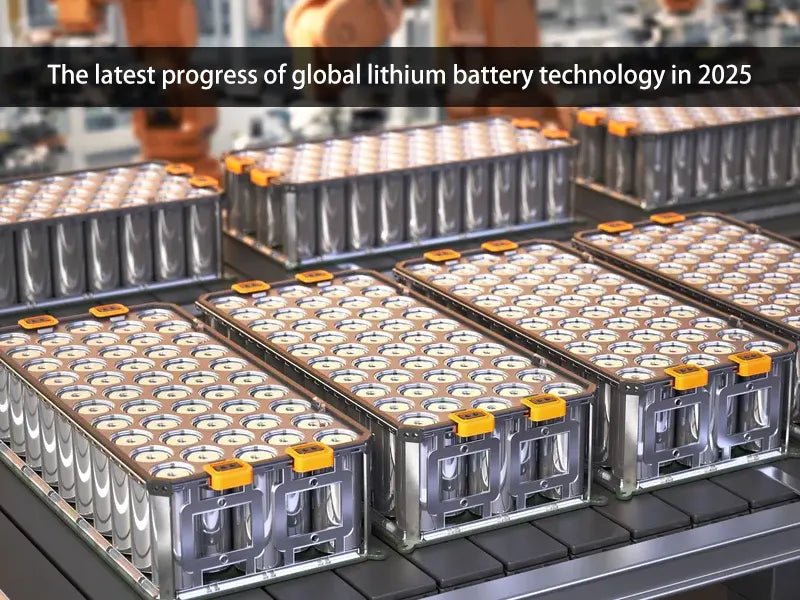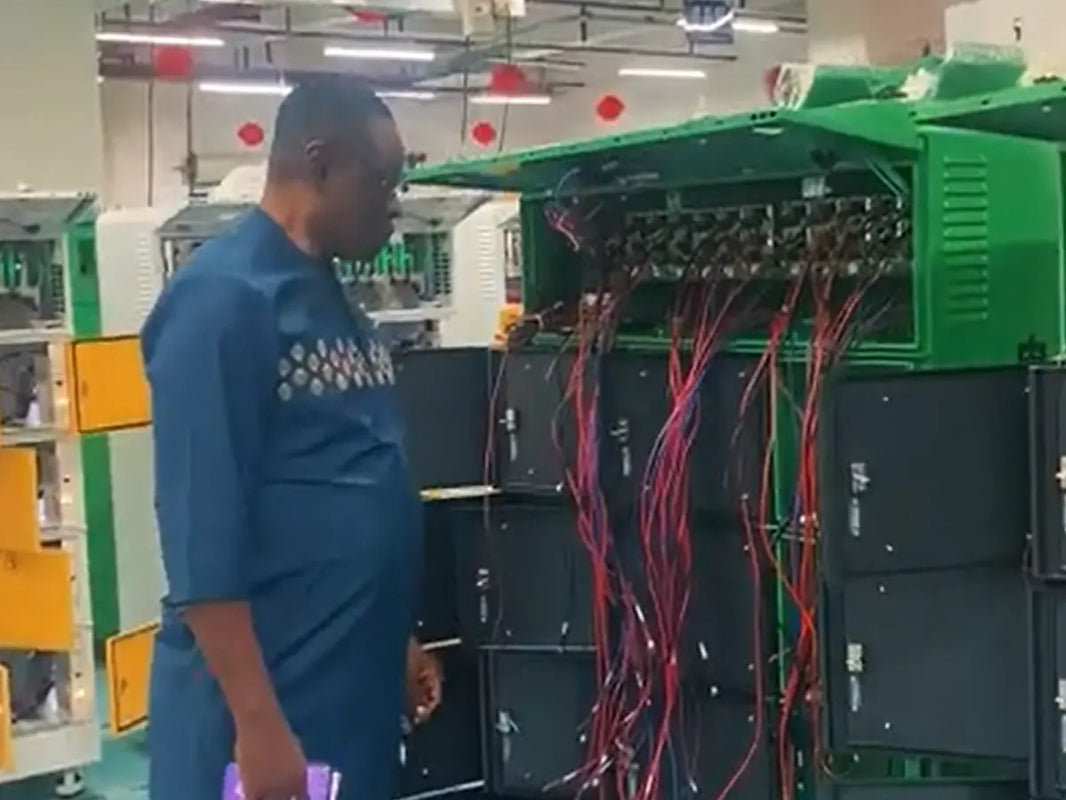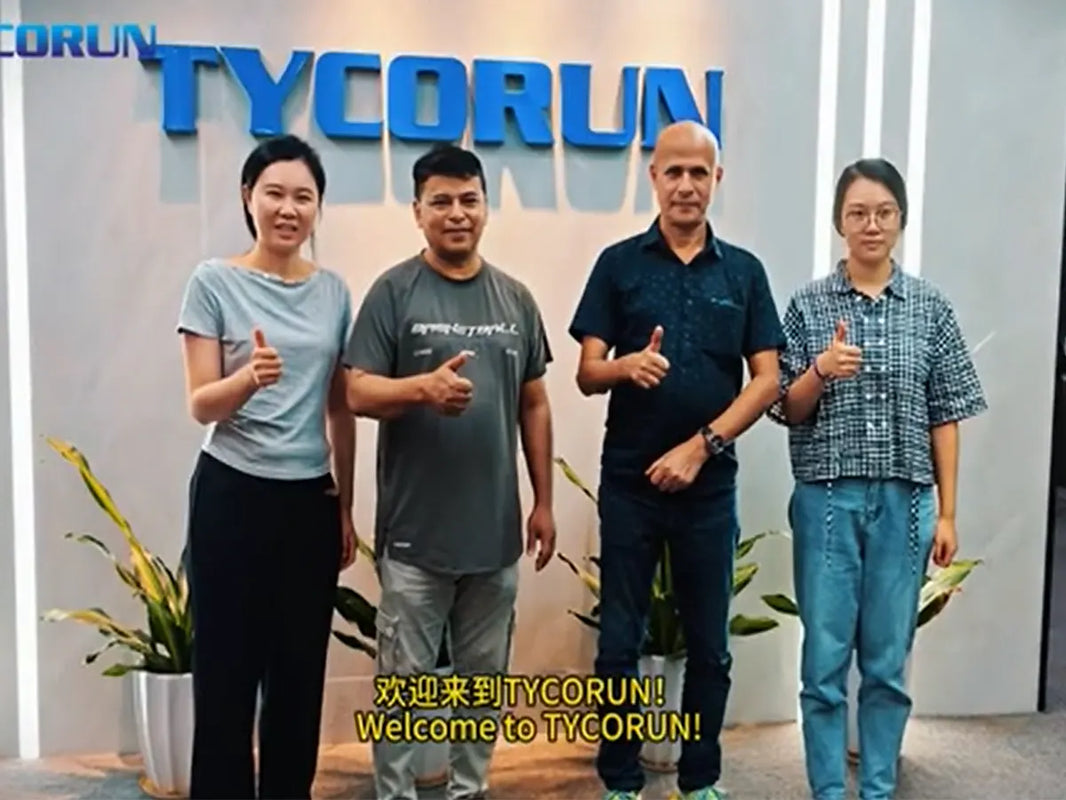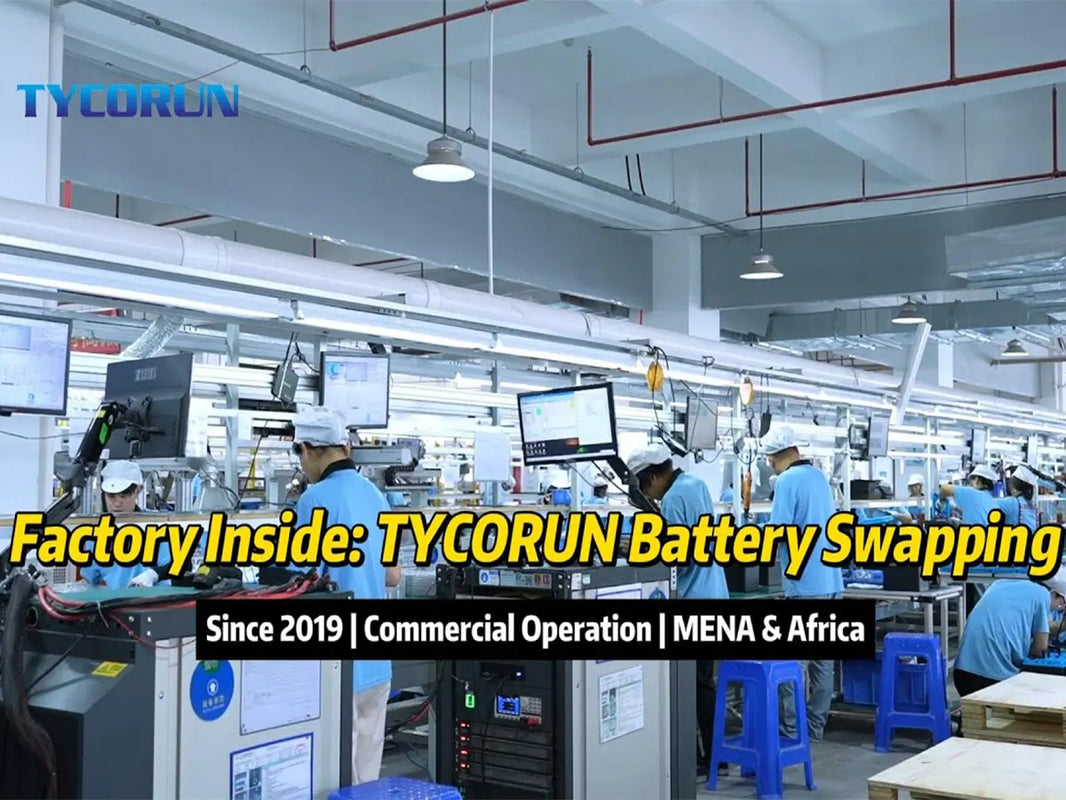
Main content:
- Three major breakthroughs in lithium battery technology by 2025
- Semi solid state battery mass production and installation
- The cost of sodium ion batteries reduced by another 40%
- Silicon carbon negative electrode and high nickel ternary scheme as mainstream
- 2025 fast charging and life optimization technology
- Policies and Market Trends
- The technological roadmap and challenges of lithium batteries
- Conclusion
In 2025, the global lithium battery industry will usher in a historic turning point, with breakthroughs in three core technologies and systematic innovation reshaping the industry landscape.
Driven by the explosive growth in demand for electric vehicles and energy storage, the mass production of solid-state batteries, the cost advantage of sodium batteries, and the comprehensive upgrade of intelligent battery management systems have jointly opened a new era of battery technology iteration and application scenario expansion.
Three major breakthroughs in lithium battery technology by 2025
Semi solid state battery mass production and installation
The semi-solid state battery (already equipped by NIO, Voyah, BMW, etc.) has an battery high energy density of 350-400Wh/kg and supports 12 minute fast charging (10% -80%). By 2025, the cost will decrease to 0.8-1.0 yuan/Wh, approaching high-end liquid lithium batteries.
Small scale trial production of all solid state batteries
Toyota has been developing solid-state batteries since 2006, with plans to trial produce sulfide solid-state batteries by 2026 and mass produce them by 2030, with a target energy density of 500Wh/kg. At present, the laboratory samples have a cycle life of over 2000 times. CATL and QuantumScape are optimizing the interfacial stability of sulfide solid electrolytes.
QuantumScape has developed a non anode solid-state lithium battery using in-situ lithium metal anode generation technology, which increases energy density by 30% compared to traditional batteries, supports fast charging of 80% in 15 minutes, and has a cycle life of over 1000 times. We have delivered B samples to Volkswagen PowerCo and plan to achieve a 40GWh production capacity by 2025, which can equip 1 million vehicles.
The cost of sodium ion batteries reduced by another 40%
CATL, BYD, and HiNa Batteryhave launched the second generation sodium battery with an energy density of 180-200Wh/kg (close to LFP lithium iron phosphate). The cost is only 0.4-0.5 yuan/Wh, mainly used for energy storage power stations and low-speed electric vehicles. European car companies are piloting sodium electric car models (such as Volkswagen ID.2 Sodium-ion Edition).
Silicon carbon negative electrode and high nickel ternary scheme as mainstream
The Tesla 4680 battery fully adopts silicon carbon negative electrode: the single energy density exceeds 300Wh/kg, and the Model Y has a range of over 700km (CLTC). High nickel 9-series (NCM 90) battery mass production: CATL and LG New Energy supply high-end models such as Porsche and Lucid. NIO has also laid out solid-state batteries and a 150kWh semi-solid battery pack with an energy density of 360Wh/kg, supporting a range of over 1000km. It adopts in-situ solidification electrolyte and silicon carbon negative electrode technology.

2025 fast charging and life optimization technology
5C ultra fast charging becomes standard for high-end models
CATL's Shenxing PLUS battery provides an additional 600km of range on a 10 minute charge (based on an 800V high-voltage platform). Key breakthrough is the self heating technology (-20 ℃ low-temperature charging efficiency increased by 50%).
Large scale application of dry electrode technology
The Tesla 4680 battery fully adopts dry electrodes, reducing production costs by 25% and increasing the yield rate to over 95%.
AI-BMS (Intelligent Battery Management System)
NIO's Tiangong 2.0 system monitors battery health in real-time with a predicted lifespan error of less than 3%. Optimize charging strategy through OTA upgrade, extending battery life by 20%.

Policies and Market Trends
The EU's' New Battery Regulation 'is officially implemented
Require all batteries sold in Europe to disclose their carbon footprint, with a recycling rate of 70% by 2030. Chinese companies such as CATL and EVE Energy are accelerating their localization of production in Europe.
Lithium prices fall, but supply chain still faces challenges
By 2025, the price of lithium carbonate will remain stable at 100000 to 120000 per ton (a 50% decrease from 2023). The battle for lithium ore resources continues: Chinese companies are increasing investment in Africa (Zimbabwe, Mali) and South America (Argentina).
The explosion of battery recycling industry
GEMand Brunp Recyclinghave built a 100000 ton lithium recycling production line with a recovery rate of over 95%. Tesla launches' Battery Passport 'to track battery lifecycle data.

The technological roadmap and challenges of lithium batteries
Japan and South Korea are mainly focusing on sulfide all-solid-state battery systems (Toyota, Samsung SDI), with the goal of high energy density and fast charging.
China mainly focuses on oxide routes (QingTao Energy, WeLion), while also taking into account sulfide research and development; The polymer route has attracted attention due to its compatibility with existing production lines (Hubei Juyuan Power).
Multiple routes run parallel in countries such as Europe and America, including sulfides (Solid Power), oxides (QuantumScape), and polymers (SES AI).
Core Challenge
- The cost of all solid state batteries is 3-5 times that of liquid state batteries, and it needs to be reduced through scaling up.
- The impedance problem at the solid solid interface between solid electrolytes and electrodes still needs to be overcome.
- Some solid-state batteries experience significant battery capacity loss at low temperatures, which affects some market applications.
Although solid-state batteries still face many challenges, the industry still holds a positive and optimistic view, and believes that by 2027-2030, the commercial energy density of all solid state batteries will exceed 500Wh/kg. And the small-scale trial of lithium sulfur batteries has achieved an energy density of over 600Wh/kg in the laboratory. At the same time, the hybrid system of hydrogen fuel cells and lithium batteries can also make progress, such as Toyota and Hyundai using it to promote commercial vehicle applications.

Conclusion
Technological breakthroughs, mass production of semi-solid state batteries, prominent cost advantages of sodium batteries, and popularization of 5C fast charging. In the global market trend, carbon barriers are strengthening in Europe, lithium prices are stabilizing, and the recycling industry is scaling up. The yield of all solid state batteries and the safety of the lithium resource supply chain in the future are issues worthy of attention.
Related articles: solid oxide fuel cells, Top LiFePo4 power battery companies in the world, Top 10 power battery cell manufacturers

